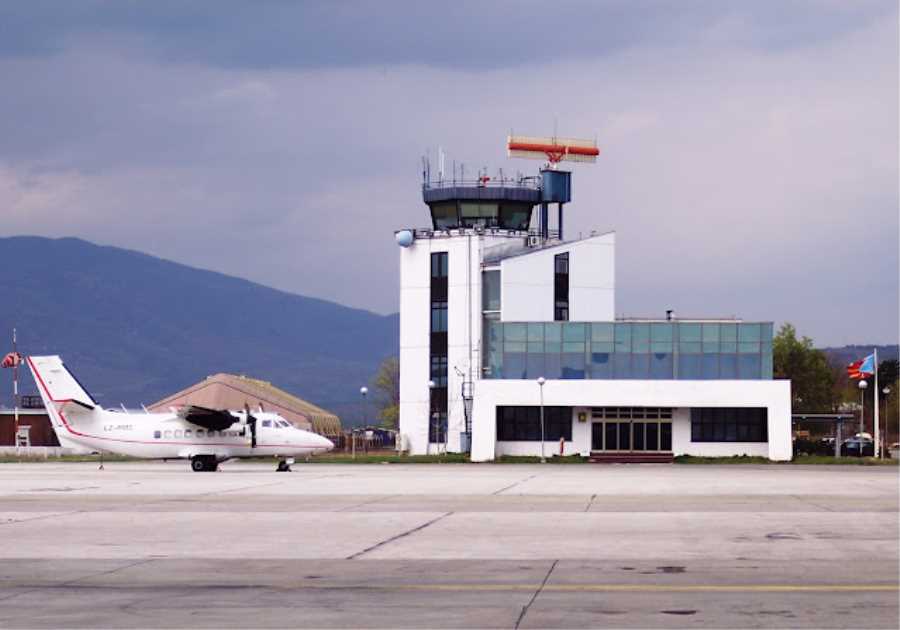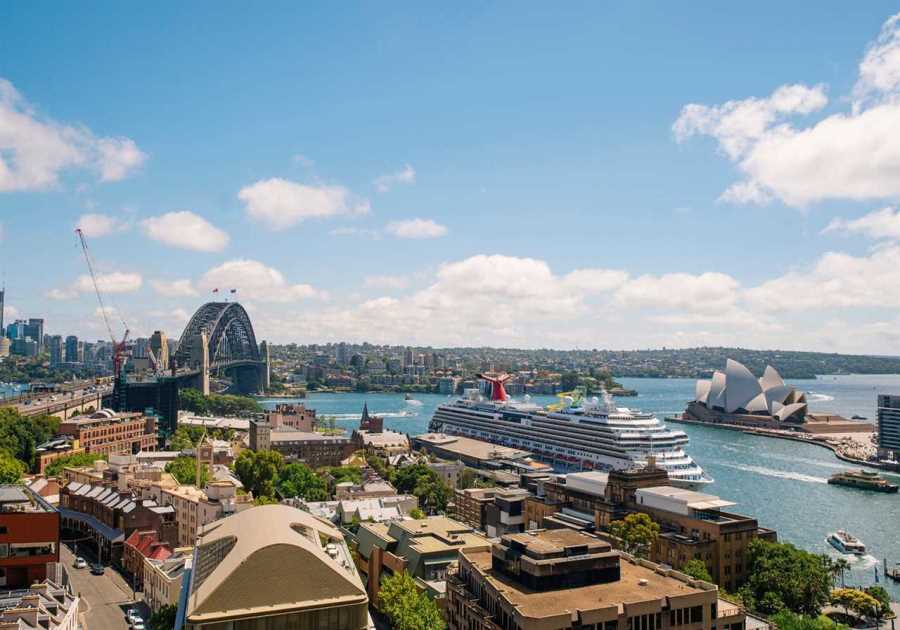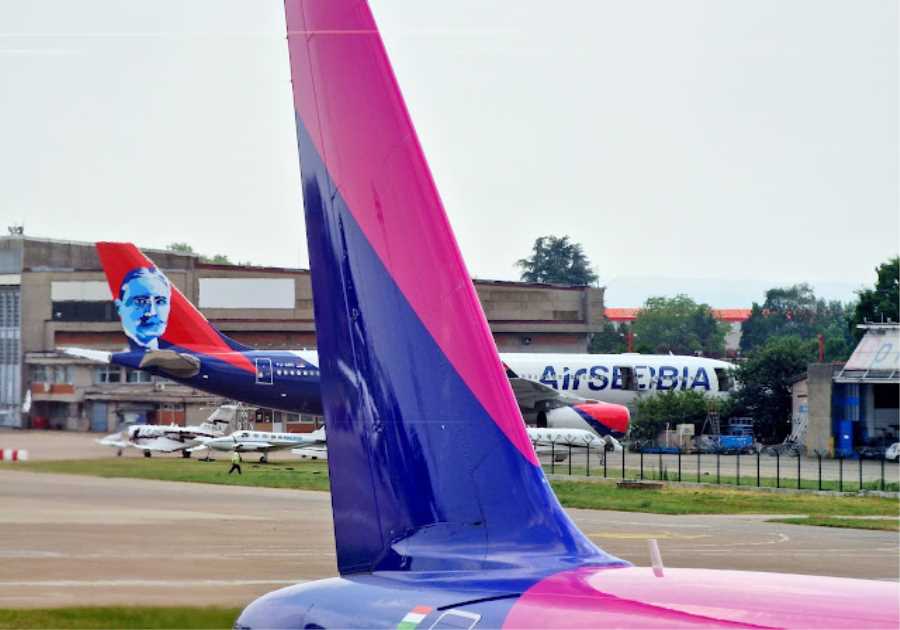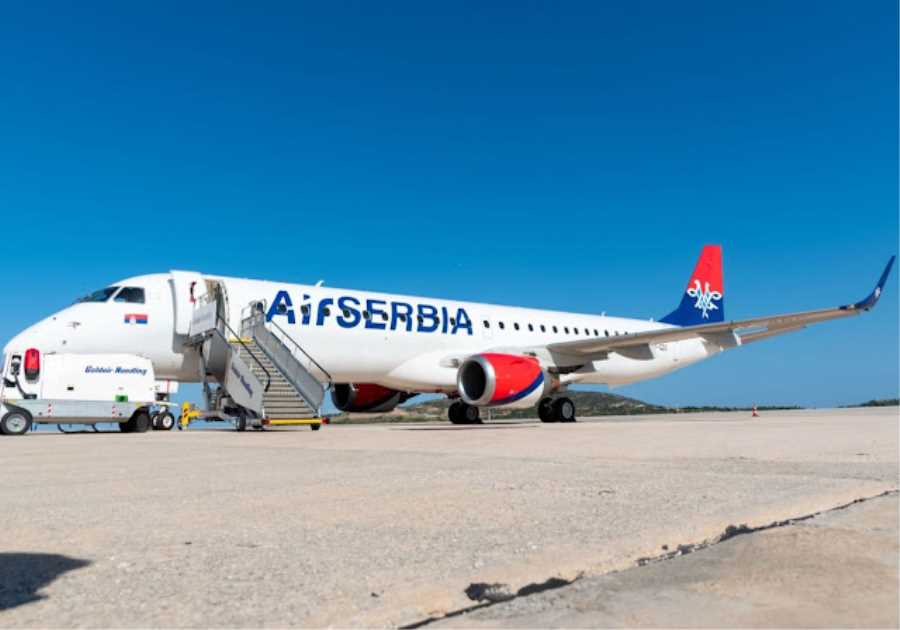HOSTED BY: https://1airtravel.com
TODAY'S READ
We have covered the news that the UPS 747-8 Freight has conducted an air return in Hong Kong. With quick response and effective techniques, the scenario was controlled shortly after the aircraft into a complete stop touchdown. This relied on a solid framework ensuring that all operations were on point. Today we would like to show you how the system works to ensure right person is at the right spot and at the right time.
The International Civil Aviation Organization (ICAO) defines requirements in Annex 14, Volume 1 – Aerodrome Design and Operations. The publication sets a basic standard for United Nations Member States to provide rescue and firefighting services and equipment at airports subject to size and service level. Generally, commercial aircraft carries several hundred lives and potentially a mass casualty event. Therefore response equipment and personnel must arrive at the scene within a response time limitation.
For major international airports, the first vehicle must reach the subject aircraft and commence operation in one minute and not exceeding three minutes for the remaining vehicles. Therefore all rescue and fire fighting vehicles will respond from both fire stations in the first instance. In addition, support fire appliances and ambulances will also be turned out from landside fire stations and ambulance depots.
The basic premise for determining the size of the rescue and fire service team depends on the size of the largest aircraft in the airport capable of serving. Airport operators shall remain a minimum fire fighting capacity measured based on the number of available vehicles and their foam production capability.
Modern fire fighting vehicles are equipped with a water cannon or nozzle, shooting fire extinguishing agents at large distances. This allows an approaching fire appliance to begin extinguishing flames as it approaches the scene of the fire. Newer vehicles often are equipped with a nozzle mounted on an extendable boom. They are also usually fitted with a spike that can punch the fuselage of an aircraft, preventing flashover from inside the aircraft.
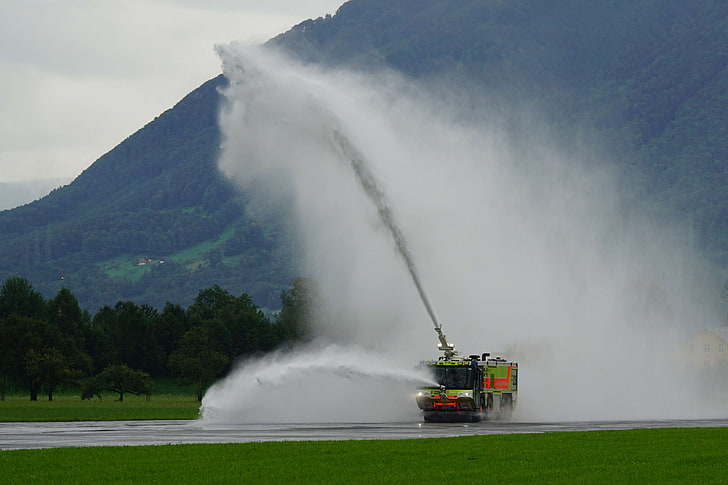
The specific types of responding vehicles would also be required for various functions, such as vehicle speed, agent capacity, performance, and agent discharge rates. Since an accident could occur anywhere inside an airport, sufficient water supply and relevant extinguishing agents must be available for any type of fire. Ensuring the allow for the maximum possibility of a successful evacuation and the best probability of extinguishing or suppressing any post-crash fire until additional resources arrive on the scene.
What are your thoughts on this impressive response? Let us know down below!
By: Michael ChengTitle: The Unnamed Heroes Behind an Incident- Rescue from Fire Fighting Services.
Sourced From: travelradar.aero/the-unnamed-heroes-behind-an-incident-rescue-from-fire-fighting-services/
Published Date: Sun, 25 Jul 2021 19:30:04 +0000
Did you miss our previous article...
https://1airtravel.com/feature/flightplan-iii-csuite-week-qatar-airways-akbar-al-baker-says-travel-will-rebound


